One of the powers the President of the United States has is to appoint federal judges with the advice and consent of the Senate. Presidents generally appoint judges who share the President’s philosophy about how the law should be interpreted and cases decided. Through appointments, a President shapes our law and society long after leaving office.
Federal judges hold lifetime appointments and only leave their positions if they resign, die, or are impeached. Lifetime means lifetime. For example, Judge George C. Young was appointed a federal trial judge by President John F. Kennedy in 1961. He served in that capacity for roughly fifty-four years until his death in 2015 at the age of ninety-nine.
Much has been written about the vacancy on the Supreme Court caused by the passing of Justice Scalia earlier this year. The next President will appoint his replacement and, maybe, appoint additional Justices if vacancies arise. The importance of qualified Justices goes without saying, as their majority decisions become the law of the entire country.
Yet, because the Supreme Court only decides about 80 cases each year, the federal appellate circuit courts have the final say in the remaining thousands of federal cases on appeal.
The country is divided into twelve federal appellate circuits that have jurisdiction over various geographic locations in the country: the First through the Eleventh Circuits and the D.C. Circuit. The thirteenth circuit court, the Federal Circuit, is based in Washington, D.C., and has jurisdiction over subject matter, for example, patent cases, and not over any geographic location.
As other Presidents have done, President Obama has appointed federal judges during his two terms in office. Both active and senior federal appellate judges hear and decide cases, but only the active judges can hear and decide “en banc” or full court cases. Besides a decision from the Supreme Court, only an “en banc” decision by a majority of active judges can overturn earlier case law from that particular appellate court.
Recommended
There are currently 172 active federal appellate court judges and eleven vacancies. Assuming President Obama does not fill the vacancies before he leaves office and no new vacancies occur, he would have appointed 31% of the active federal appellate judges (36% if he fills the vacancies). President George W. Bush appointed 31% of the active federal appellate judges, and President Clinton appointed 24% of them. The remaining 14% were appointed by Presidents Ford, Carter, Reagan, and George H.W. Bush.
There are 92 senior status federal appellate judges. Out of these, President Reagan appointed 32%, President Carter appointed 20%, Presidents George H.W. Bush and Clinton each appointed 17%. The remaining 14% were appointed by Presidents Johnson, Nixon, Ford, George W. Bush, and Obama.
All in all, there are 264 active and senior federal appellate judges (not counting the eleven active judge vacancies). The breakdown of who appointed those judges is as follows: President Carter, who left office in 1981, appointed 7%; President Reagan, who left office in 1989, appointed 17%; President George H.W. Bush, who left office in 1993, appointed 9%; President Clinton, who left office in 2001, appointed 22%; President George W. Bush, who left office in 2009, appointed 22%; and President Obama, who will leave office in 2017, appointed 21% (or 24% if he fills the vacancies). The remaining 2% were appointed by Presidents Johnson, Nixon, and Ford.
As should be obvious, a President’s judicial appointments continue to have a significant impact on this country long after the President has left office. The appointment power is one of the many reasons a Presidential election has real consequences. It is a Presidential power the electorate must consider in deciding the future course of this country.

















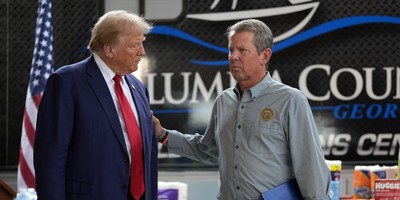
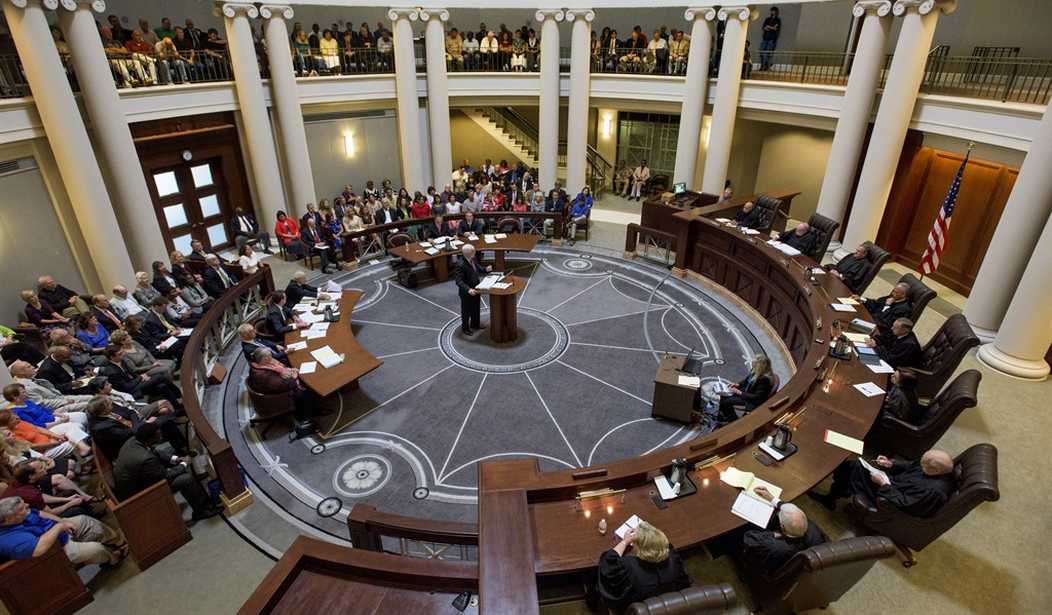



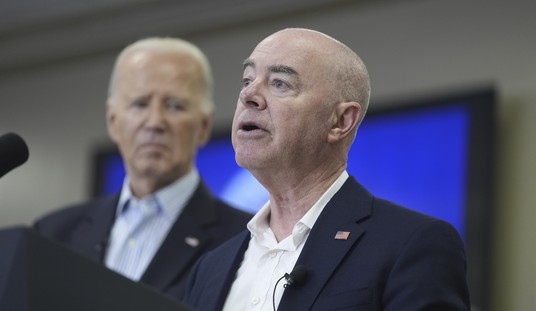
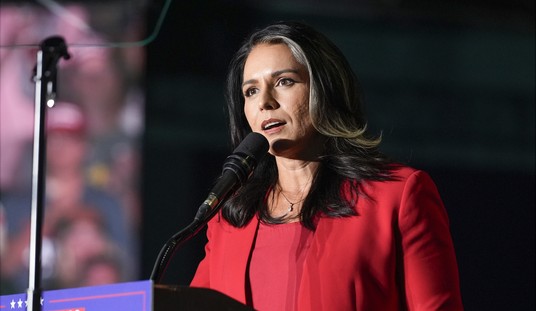
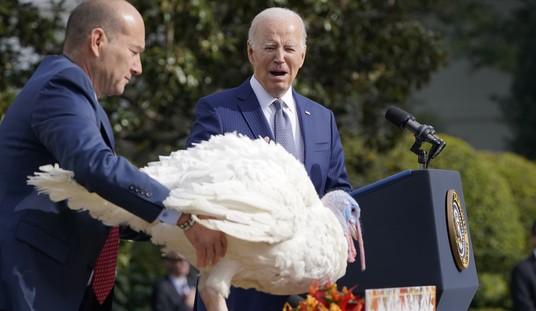
Join the conversation as a VIP Member